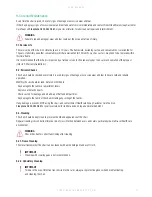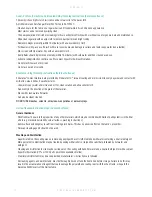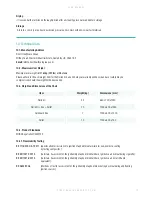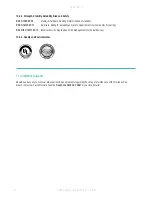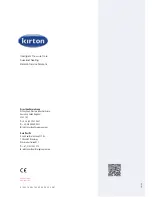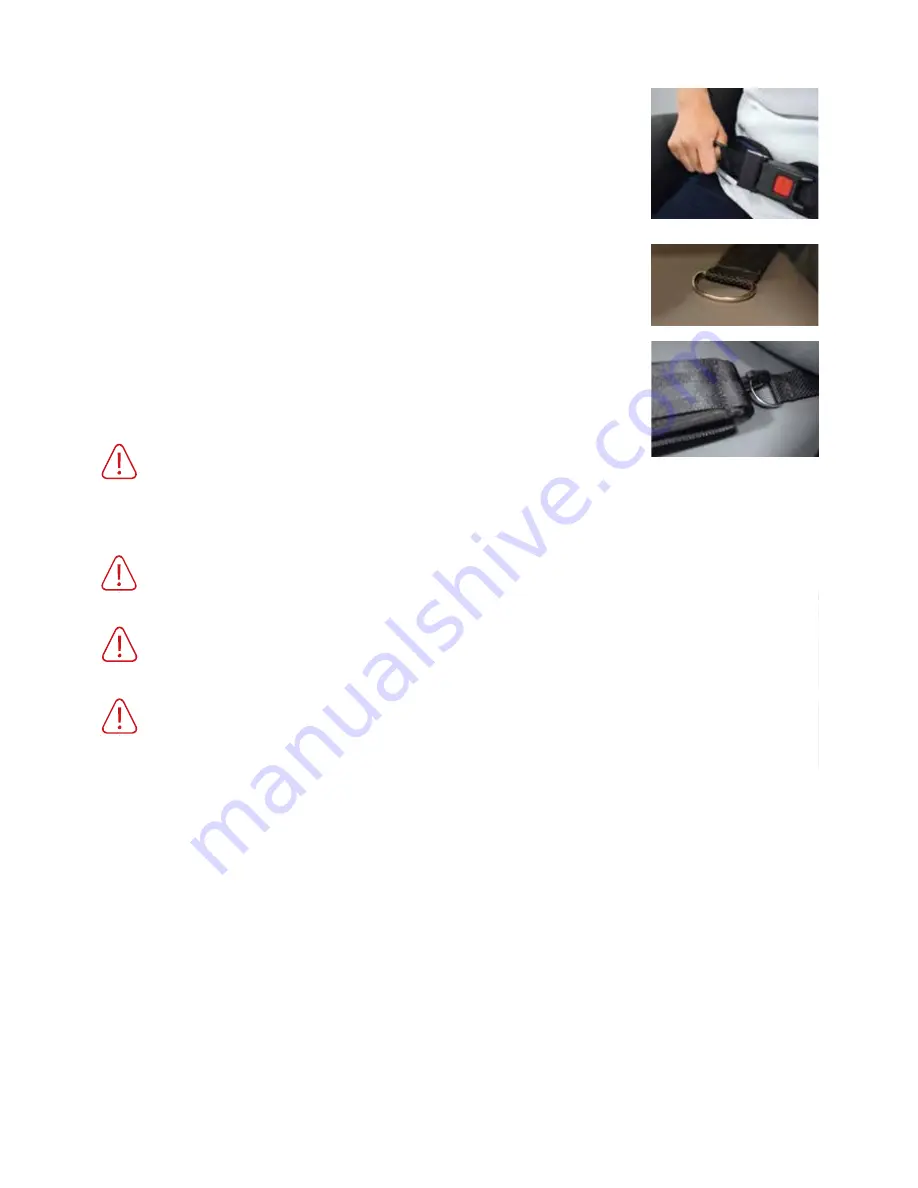
D I R E C T H E A L T H C A R E G R O U P. C O M
1 4
F L O R I E N I I
6.5.1. Manual Operation
(Manual Models Only)
Back recline operating lever is located on the left hand side of push handle at the rear of the chair.
• To adjust the back recline position, untwist the safety spigot on the lever on the left hand side of the
push handle, labelled “
recline
” so the lever can be squeezed.
• Gently squeeze the lever and apply firm downward pressure with both hands on the push handle to
recline the chair backwards, alternatively lift the push handle upwards to raise the back to an upright
position.
• At any point during the upward or downward recline motion the lever can be released and the chair
will lock in the selected position.
• It is important that an occupant’s recline position is in line with postural capabilities. Once the correct
seat and back recline angle has been established for the occupant it can be locked in place by
twisting the spigot on the recline lever so it can no longer be squeezed.
6.5.1. Electric Operation
(Electric Models Only)
Simply press and hold the
‘Lower Back Recline’
button to recline the backrest until the desired
position is reached. Release the button.
To bring the backrest up towards an upright position, press and hold the
‘Raise Back Recline’
button
until the desired position is reached. Release the button.
To adjust the Lap-Belt, pull on the plastic loop to give firm control but take care not to restrict the
occupant’s movement. The Lap-Belt is designed to pull back over the hips at an angle between
45° and 60°.
This angle helps to maintain a vertical pelvis by simultaneously positioning the hip joint down and back.
D-Ring Fixing
The chair may come pre-fitted with D-Ring straps if ordered at the time of manufacture.
If so, these will normally be visible near the interface between the seat module and the back cushion.
In this case, the Lap-Belt can be fixed to the D-Rings by simply snapping the spring clip on the end of
the Lap-Belt onto the visible D-Ring.
If the chair is not already fitted with D-Rings, these should be attached to a rigid part of the chair’s
metal framework on either side of the seat module in order they can feed through between the seat
and arm modules.
WARNING
If the Lap-Belt is too loose there is a risk of the occupant sliding underneath or into an
inappropriate position. The Lap-Belt should be checked for correct tightness, regularly.
Care should be taken not to over tighten the Lap-Belt in order to reduce the risk of harm
to the occupant.
WARNING
The webbing and plastic fittings should be checked at least weekly for any signs
of damage. If damaged, the Lap-Belt should not be used.
WARNING
The occupant is at risk if the Lap-Belt is not properly specified and adjusted to
their particular requirements.
WARNING
Thrusts, spasms and strong movements, for example, as well as partial loosening
of the Lap-Belt could cause injury to the occupant.

















